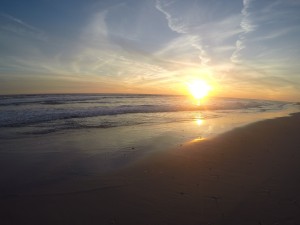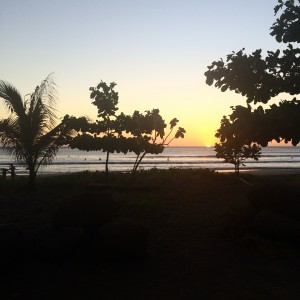I came across this article over the summer and I think that is it filled with some really impactful and powerful images of humans’ impact on earth. I would venture to say that these are some of the best quality pictures I have seen to depict the impacts of over development and overpopulation on our planet.
http://www.washingtonpost.com/national/health-science/humans-staggering-effect-on-earth/2015/05/13/01c9b7e2-f974-11e4-9030-b4732caefe81_gallery.html?postshare=9591432712880146
To me one of the most powerful images in this set for me is the photo of the bird that died from ingesting plastics. While at first glance it is a very disturbing picture, I think it has a very powerful meaning and really highlights the impact that every human can have on combating environmental issues. A lot of times with environmental issues it can seem like it is hard for an individual to make a difference, but this imagine reminds you that the individual can make a difference, and in this case with the proper disposal of plastics could have saved a life.
On Monday when we were out looking around campus at various places and went to the back of Watson Hall, we saw the fence with the sharp edges, we heard and saw route 22 and we saw the green pipe right in the middle of “nature”. While we were out there my mind immediately flashed back to this article, specifically the photo of the coal burning power plant in the United Kingdom.


